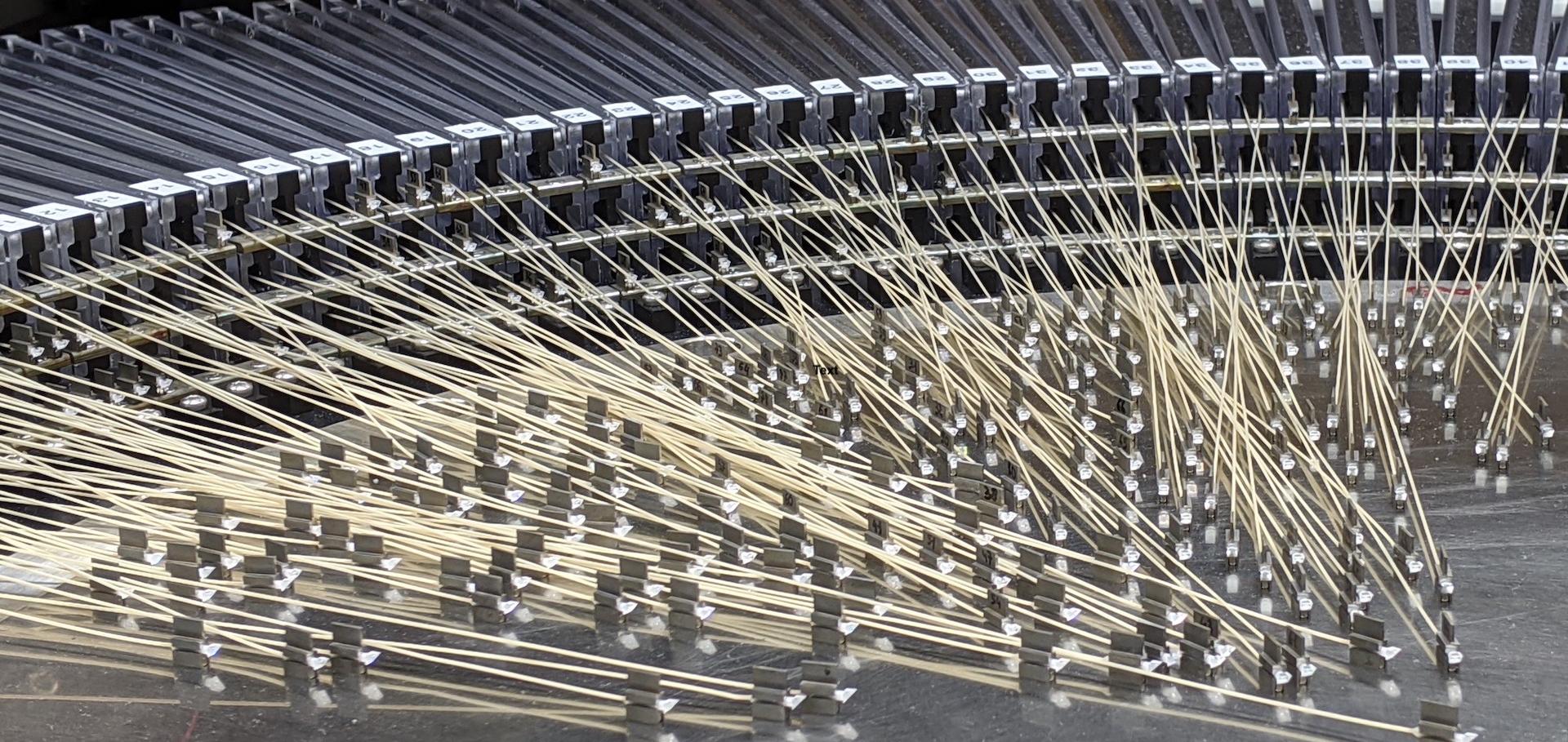The nature of the relative bias between galaxies of different spectral type in 2dFGRS
(2004)
Galaxy groups in the 2dFGRS: The group-finding algorithm and the 2PIGG catalogue
Monthly Notices of the Royal Astronomical Society 348:3 (2004) 866-878
Abstract:
The construction of a catalogue of galaxy groups from the Two-degree Field Galaxy Red-shift Survey (2dFGRS) is described. Groups are identified by means of a friends-of-friends percolation algorithm which has been thoroughly tested on mock versions of the 2dFGRS generated from cosmological N-body simulations. The tests suggest that the algorithm groups all galaxies that it should be grouping, with an additional 40 per cent of interlopers. About 55 per cent of the ∼190 000 galaxies considered are placed into groups containing at least two members of which ∼29 000 are found. Of these, ∼7000 contain at least four galaxies, and these groups have a median redshift of 0.11 and a median velocity dispersion of 260 km s-1. This 2dFGRS Percolation-Inferred Galaxy Group (2PIGG) catalogue represents the largest available homogeneous sample of galaxy groups. It is publicly available on the World Wide Web.Galaxy Ecology: groups and low density environments in the SDSS and 2dFGRS
Monthly Notices of the Royal Astronomical Society 348 (2004) 1355-1372
The 2dF Galaxy Redshift Survey: The blue galaxy fraction and implications for the Butcher-Oemler effect
(2004)
The 2dF Galaxy Redshift Survey: The clustering of galaxy groups
(2004)


